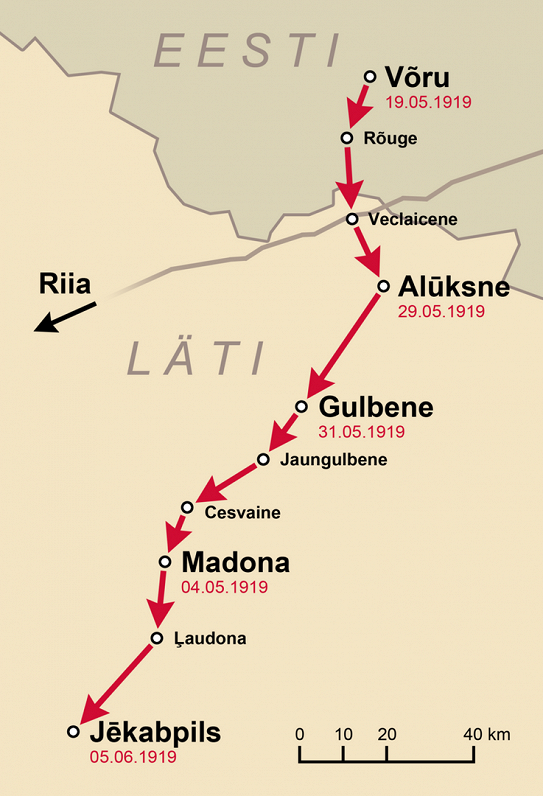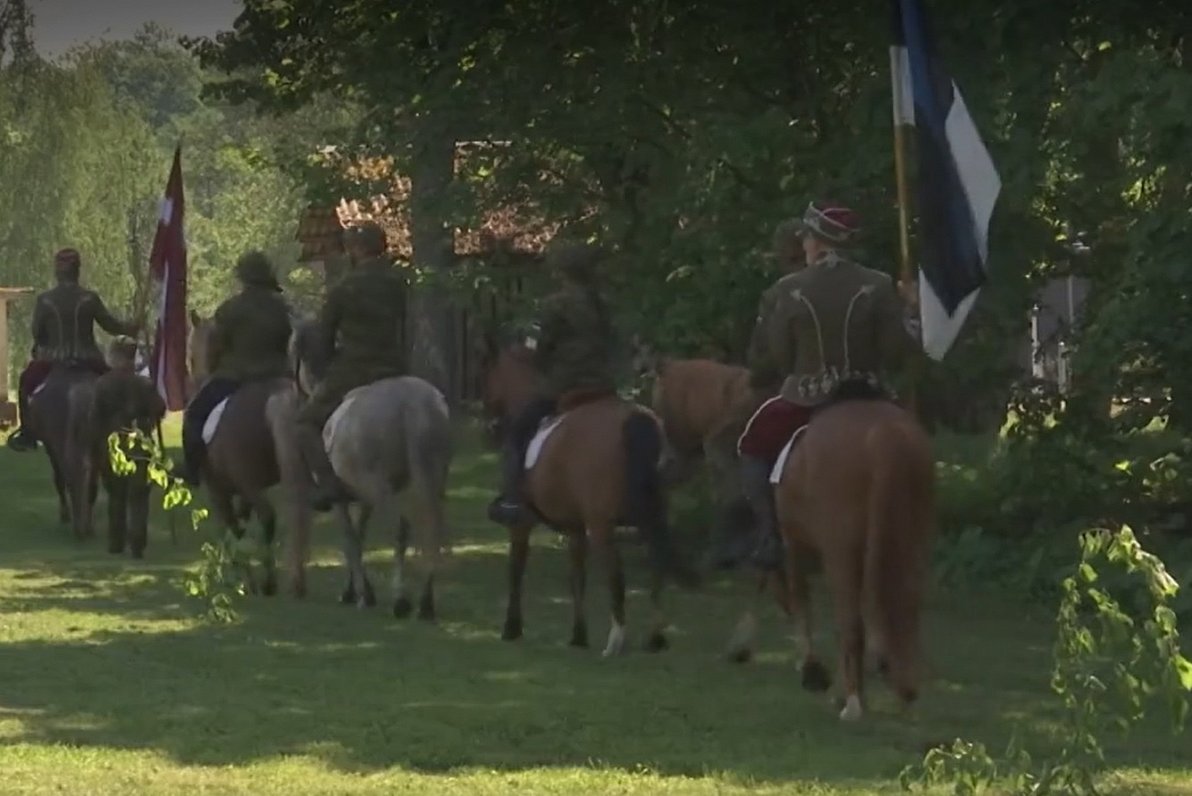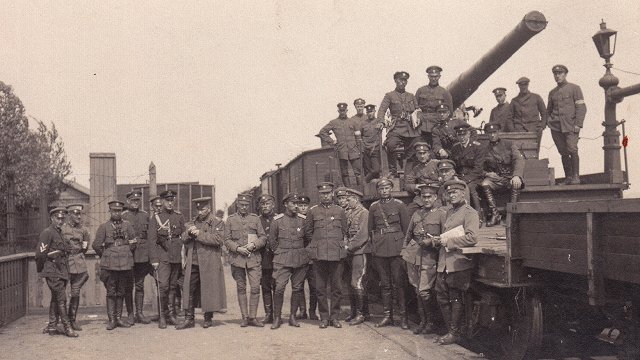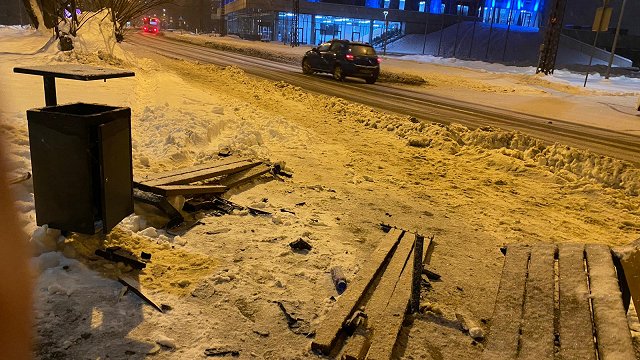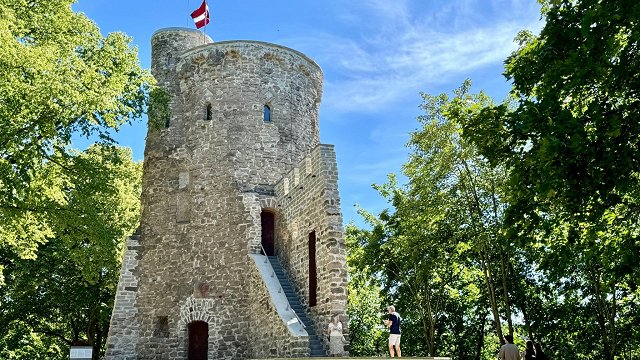Estonian TV's "Aktuaalne kaamera" (AK) reported from Latvia, where members of the Võrumaa Defense League district in South Estonia recreated an historic horseback ride, following the same route taken 105 years ago by Estonian forces during the 1918-1920 War of Independence.
The Defense League members recreated the historical Eesti 1. ratsapolk's journey from Miikse, Võru County, to Alūksne, in Latvia, which led to the latter town's liberation from Red troops by combined Latvian and Estonian national forces.
The present-day recreation of that journey showcased their maneuvers to an appreciative Latvian audience, and even suggested that horse mounted forces could still have some uses on both sides of the border, even today.
The 70-kilometer trek began on Monday, and proved challenging even on horseback, due to the heavily forested and boggy terrain covered.
Despite these difficulties, they successfully retraced most of the route, albeit with some small changes given some areas which had been in pre-war Estonia and Latvia are now occupied by the Russian Federation.
On May 27, 1919, nearly 400 mounted Estonian troops, led by Gustav Jonson, rode to the Latvians' assistance against their common foe. The number of participants this time around was a more modest 20.
Unit commander Joosep Tikk said. "The weather conditions are almost exactly the same as they were 105 years ago, i.e. hot and sunny."
"Of course, it is much easier for us, as we do not have to fight any battles at the end of it. So, in that respect, this was a pleasure."
Vaido Siska, Võrumaa Defense League district commander, said he was: "Extremely pleased to say that our cooperation with the [Latvian] 31st Zemessardze Battalion and the Vidzeme Brigade has been very good indeed."
A large crowd gathered next to the Alūksne Cultural Center to watch a dsplay of horsemanship.
Latvia's defense organization the Zemessardze, or Latvian National Guard, that country's counterpart to the Estonian Defense League, does not have its own cavalry unit, though the idea has been floated in the past.
Janis Freimanis, commander of the Latvian National Guard's 31st Infantry Battalion, shed some light on how the modern-day use of horses would work. "Given horses can improve mobility, then mounted units could assist us in difficult times," he said.
Aare Hõrn, a member of the Estonian Defense League and head of the Setu cultural fund agreed, saying: "Horses can at times hear and see better than dogs, not to mention humans. In observing a horse's reactions, for instance, you can quickly ascertain if there is anyone concealed nearby."
"Our aim is to find a role for horses in Estonia's national defense. We believe they have a place there," Joosep Tikk added.
The Defense League's horseback journey is not over yet; from Alūksne, they will continue on an approximately 100-kilometer trek to Jaunpiebalga, to the south.
The May 1919 Marienburg-Jakobstadt operation (the former names of Alūksne and Jaunpiebalga respectively) met its first encounter with the enemy north of the Riga-Pskov stone road near the village of Voronkina, scaring off red forces of the fledgling Soviet Russian state in the process.
Several skirmishes later, the regiment reached the vicinity of Alūksne on May 28 and proceeded to help liberate it, before moving on to Jaunpiebalga. Ultimately the unit reached as far as Jekabpils, in early June 1919.
